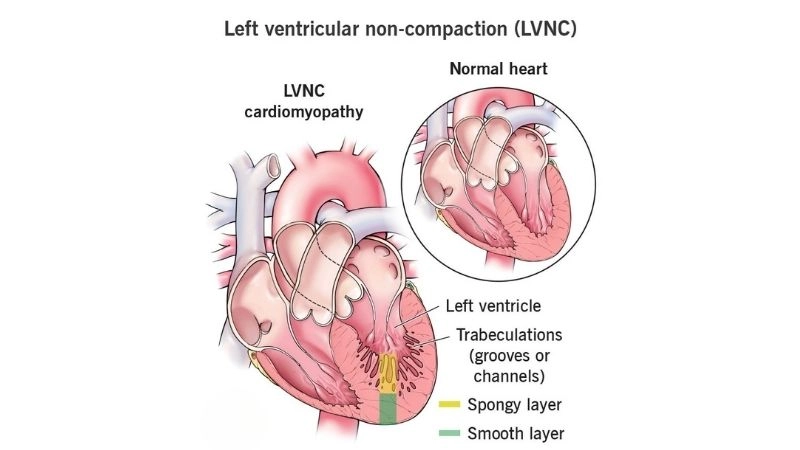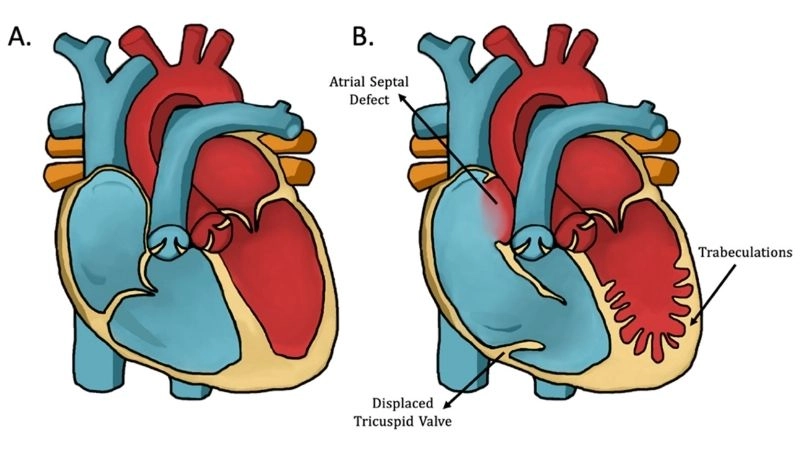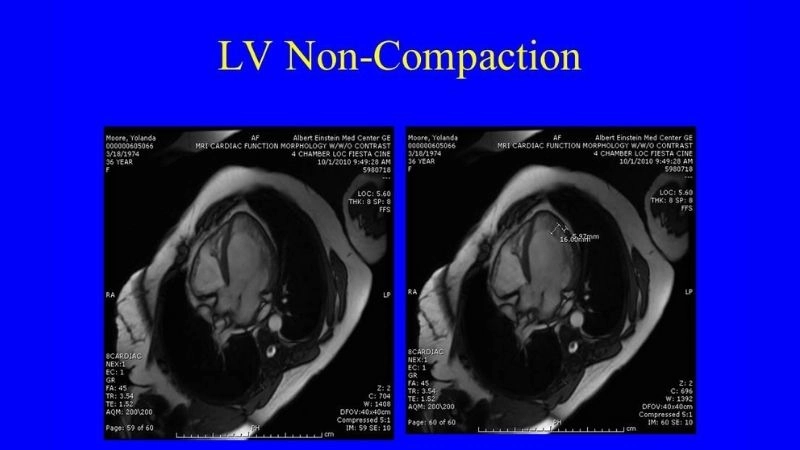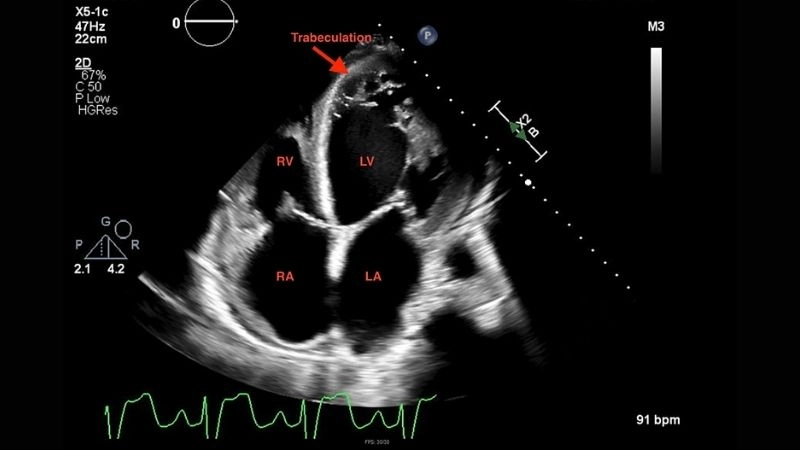Left Ventricular Non-compaction Cardiomyopathy is a rare heart condition. Learn its key symptoms, causes, diagnosis steps, and treatment options today.
What are the main causes of Left Ventricular Non-compaction Cardiomyopathy?
- The condition often develops due to genetic mutations affecting heart muscle development during the embryonic stage, leading to abnormal heart structure.
- Family history of cardiomyopathy significantly increases the risk, especially if close relatives have documented cardiac abnormalities or sudden cardiac death.
- Certain acquired factors, including long-term heart stress or other cardiac diseases, may contribute to progression or worsening of the condition.

LVNC symptoms include fatigue and palpitations
>>> Understand more about: Symptoms and warning signs of dilated cardiomyopathy (DCM)
Key symptoms of Left Ventricular Non-compaction Cardiomyopathy to watch for
- Patients may experience persistent shortness of breath, especially during physical activity, as the weakened heart struggles to pump blood efficiently.
- Irregular heartbeat or palpitations are common, caused by abnormal electrical signals traveling through the non-compacted heart muscle.
- Severe cases can present with fainting, chest pain, or heart failure symptoms that require urgent medical evaluation and treatment.
How can you prevent Left Ventricular Non-compaction Cardiomyopathy effectively?
- Genetic counseling and testing can help families identify risks early and guide preventive monitoring for those with a family history.
- Maintaining heart health through exercise, balanced diet, and regular check-ups may reduce complications, even if prevention of onset is limited.
- Early diagnosis and consistent medical follow-up significantly lower risks by ensuring timely treatment, medication adjustments, and lifestyle management.

Left Ventricular Non-Compaction Cardiomyopathy diagnosis confirmed with echo and MRI
>>> Understand more about: Symptoms and diagnosis of Hypertrophic Cardiomyopathy (HCM)
Images visual examples of Left Ventricular Non-compaction Cardiomyopathy
This abnormal structure weakens heart function, disrupts blood circulation, and can lead to life-threatening complications if not diagnosed early.








>>> Understand more about: Arrhythmogenic Right Ventricular Cardiomyopathy (ARVC)
Understanding Left Ventricular Non-compaction Cardiomyopathy helps patients recognize symptoms early, follow treatments properly, and manage health better.





